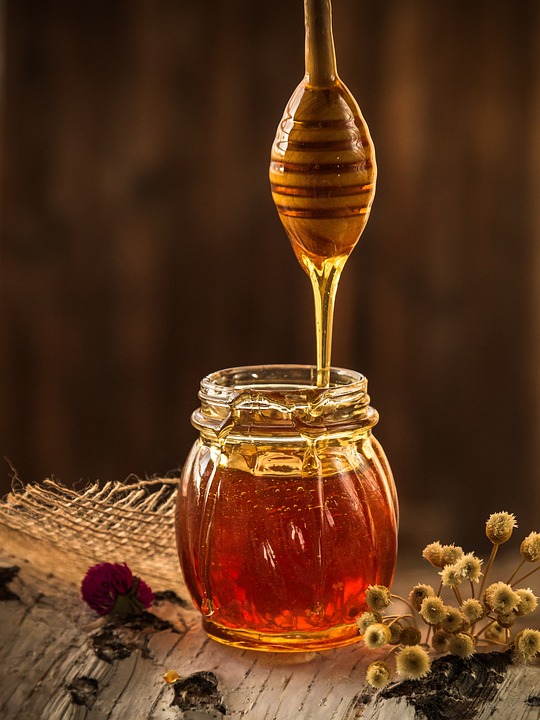
GCSE
The honey bee (Apis mellifera) lives in colonies of many thousand individuals which live in a hive (an artificially constructed ‘nest’). There are three types of honey bee: queens, drones and workers.
Queen. There is only one queen in a hive. She is the only bee that can lay eggs. She is fed by the workers. She is mated by one of the drones and stores his sperms in a special sac in her body. This supply of sperms lasts for her lifetime.
Drones are male bees. Their function is to fertilise the next queen when she hatches. They do not collect nectar or pollen but are fed by the workers. There are only a few hundred drones per hive. In winter they are expelled from the hive.
Workers are female bees but they are sterile, i.e. they cannot lay eggs. There may be 20,000 to 80,000 workers in a hive. Among other duties, the workers construct the honeycomb using wax secreted from glands on their abdomens. The combs consist of an array of hexagonal ‘cells’ into which eggs are laid or nectar and pollen stored.
Eggs laid by the queen in some of these cells develop into larvae which are fed by the workers until they become pupae. The workers then put a capping over the cells until the adult bees are ready to emerge.
Workers’ duties. The workers carry out a sequence of duties as they become older. At first they clean the hive by removing dead larval ‘skins’ and dead bees. Later they start to feed the larvae on nectar and pollen. After 10 to 12 days their wax glands become active and they build the cells of the honeycomb. In about three weeks, the workers leave the hive and go foraging for nectar and pollen from flowers. They take these products back to the hive and store them in the cells.
GCSE
Source by D G Mackean
—–
Can you please provide more information on what you are specifically asking about? I would be happy to assist you if you could give me more context or details.